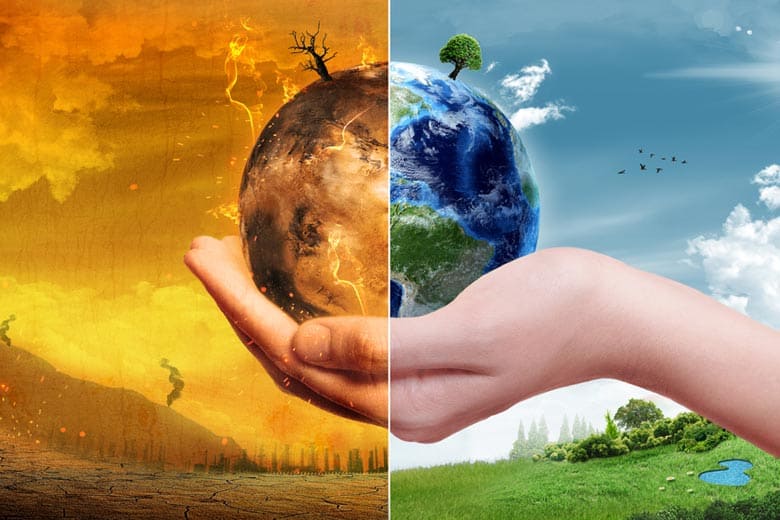In the face of an escalating weather crisis, our planet stands at a crossroads. As temperatures push upward, ice caps soften, and severe weather events grow to be greater frequent, the urgency to address weather change has in no way been extra pressing. This blog delves into the present-day studies shaping our expertise in climate change and its latest research and explores innovative answers that offer hope for a sustainable future.
The Current State of Climate Change:
The medical consensus is obvious: human activities, on the whole, the burning of fossil fuels and deforestation, are driving unheard-of modifications in the Earth’s climate. The Intergovernmental Panel on Climate Change (IPCC) warns that without rapid and significant movement, the outcomes may be severe, impacting ecosystems, economies, and human well-being.

Climate Change and its Latest Research Insights:
Recent research has furnished vital insights into the intricacies of climate trade. Scientists are intently monitoring rising sea stages, precipitation pattern modifications, and ice melt acceleration in polar regions. Advanced satellite generation enables the monitoring of carbon dioxide levels and the identification of assets contributing to greenhouse fuel emissions.
Innovative Solutions to Combat Climate Change:
Addressing weather change requires a multifaceted method. Here are some revolutionary answers that researchers and experts are exploring:
Renewable Energy Revolution:
The transition to renewable power resources, including solar and wind energy, is a cornerstone of the fight against weather change. Advancements in the era and lowering fees have made renewable energy increasingly more viable internationally.
Carbon Capture and Storage (CCS):
CCS technologies aim to capture carbon dioxide emissions from industrial sources and power plants before they enter the atmosphere. Once captured, the CO2 is transported and stored underground, preventing its release and mitigating the impact of climate change.
Afforestation and Reforestation:
Trees act as natural carbon sinks, absorbing CO2 during photosynthesis. Afforestation (planting trees in areas that were not previously forested) and reforestation (replanting trees in deforested areas) play a vital role in sequestering carbon and restoring ecosystems.
Green Building Practices:
The construction industry is adapting by embracing sustainable and energy-efficient building practices. Green buildings utilize materials with a lower carbon footprint, incorporate renewable energy sources, and prioritize energy efficiency.
Circular Economy Initiatives:
Shifting from a linear to a circular economy involves minimizing waste and maximizing the use of resources. Recycling, upcycling, and reducing single-use plastics create a more sustainable and environmentally friendly system.
Climate-Smart Agriculture:
Implementing climate-smart agricultural practices involves optimizing land use, enhancing soil health, and employing precision farming techniques. These approaches not only increase food security but also contribute to carbon sequestration.
The Role of International Collaboration:
Effectively addressing climate change requires a united global effort. International collaborations, which include the Paris Agreement, intend to restrict international warming to well below two ranges Celsius above pre-commercial ranges. These agreements underscore the importance of collective movement and shared obligation in safeguarding the planet for destiny generations.
Challenges on the Path Forward:
While innovative solutions offer hope, challenges persist. Resistance to change, vested interests in the fossil fuel industry, and geopolitical complexities pose obstacles to swift and comprehensive climate action. Overcoming these challenges requires political will, public awareness, and sustained efforts on a global scale.
Conclusion:
The modern research on climate exchange paints a stark image of the demanding situations ahead, but it also illuminates a direction ahead thru modern solutions. Embracing renewable strength, imposing carbon seize technologies, and fostering sustainable practices across industries are vital steps. As we navigate the complexities of the climate crisis, the decision for global collaboration grows louder. It isn’t always only a medical task; it’s miles a collective duty to guard the planet we call home. The time for action is now, and the solutions are inside our attain. By staying knowledgeable, advocating for change, and adopting sustainable practices, we will contribute to an extra resilient and sustainable future.


